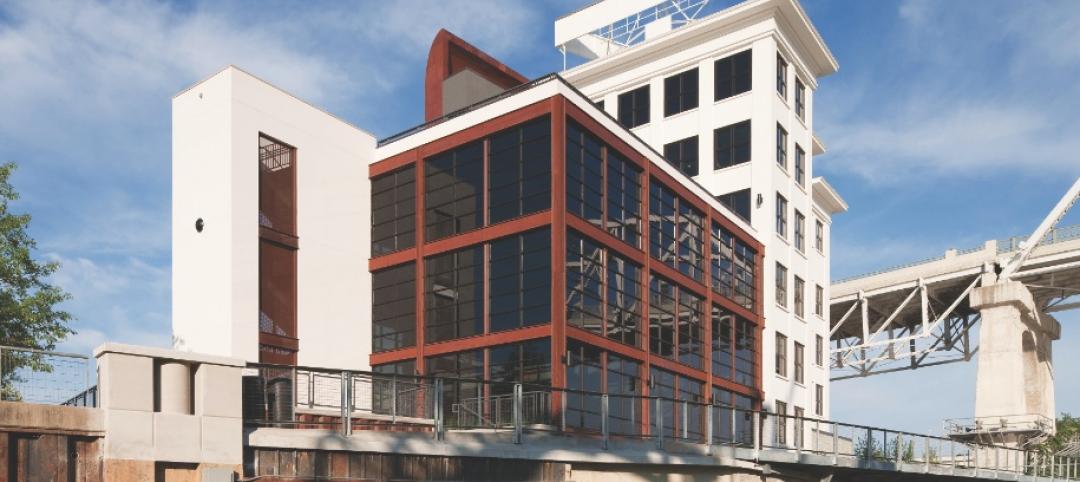It may seem a bit far-fetched, but by 2050, construction sites may be completely human-free, at least according to a new paper from Balfour Beatty titled “Innovation 2050 – A digital future for the infrastructure industry.”
The paper claims work that is currently done by humans will be accomplished via robots that work in teams to build complex structures using dynamic new materials. Elements of the build will have the capability to self-assemble and drones will constantly scan the site to collect data that can predict and solve problems before they arise. The drones can then use the information they gain to send instructions to robotic cranes and diggers and automated builders.
Humans will still have a role to play, albeit not on the actual job site. Humans will be able to remotely oversee multiple projects at once. If a bit of science fiction flair is what you want, then look no further than how humans will make site visits in the future, on the rare occasions they are necessary. Like Ripley in a Caterpillar P-5000 from Aliens, humans making a site visit will be equipped with exoskeletons to move and control machinery on site.
As part of the paper, Balfour Beatty also lists ten predictions for 2050, including:
1. The industry will become increasingly focused on innovation and both contractors and customers will become less risk-averse.
2. The shape and offer of the infrastructure industry will change significantly, with new business models, products and services.
3. Infrastructure will move on from concrete and steel to include new materials that respond to their surroundings.
For the additional 2050 predictions, click here.
Related Stories
| Feb 3, 2013
Electronic surveying improves accuracy on BIM-driven hospital project
A mechanical contractor combines an electronic surveying tool with a BIM model to make significant productivity gains in a large-scale hospital project.
| Feb 3, 2013
Clever engineering helps create design excellence
A mechanical engineering team overcomes numerous hurdles to help make a new federal courthouse in Iowa a showpiece of ‘government work’ at its best.
| Nov 28, 2012
Cummins announces ratings classification for data center power systems
The Data Center Continuous ratings span the range of Cummins Power Generation’s high horsepower diesel generator sets, from 1 MW up to 2.5 MW, and will apply to both 50 Hz and 60 Hz configurations.
| Jun 22, 2012
Golden Gate Bridge Celebrates 75 Years With the Opening of New Bridge Pavilion
With features such as Nichiha's Illumination series panels, super-insulating glass units, and LED lighting, the new Golden Gate Bridge Pavilion not only boasts the bridge's famous international orange, but green sustainability as well
| Jun 12, 2012
Restoration Millwork exterior trim achieves GreenCircle certification
Made from cellular polyvinyl chloride, the full line of Restoration Millwork trim, beadboard and accessories is engineered to look, feel and work like top-grade lumber.
| Jun 8, 2012
Living Building Challenge wins the 2012 Buckminster Fuller Challenge
The Living Building Challenge was chosen from a pool of 122 of entries from around the world.













